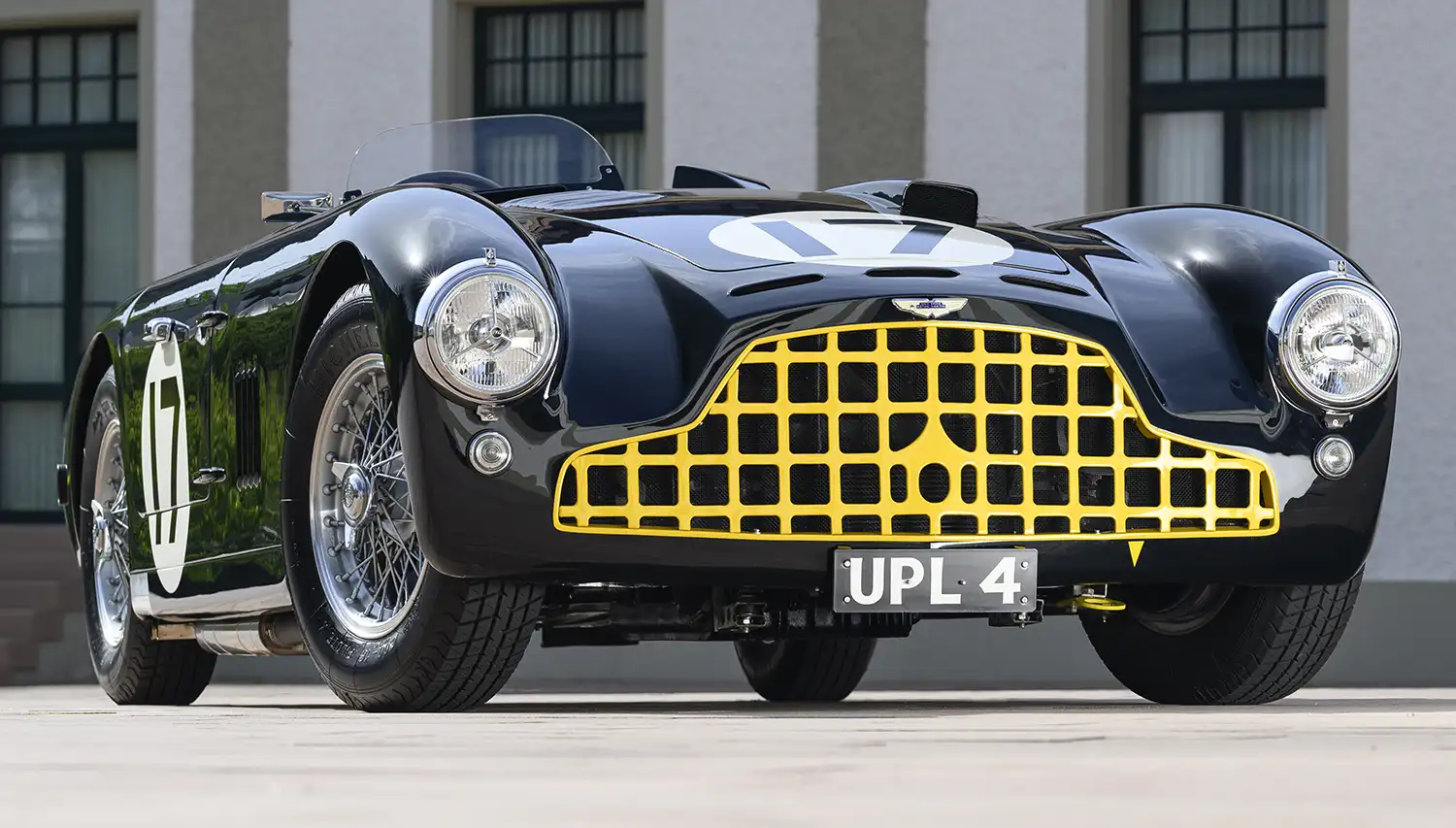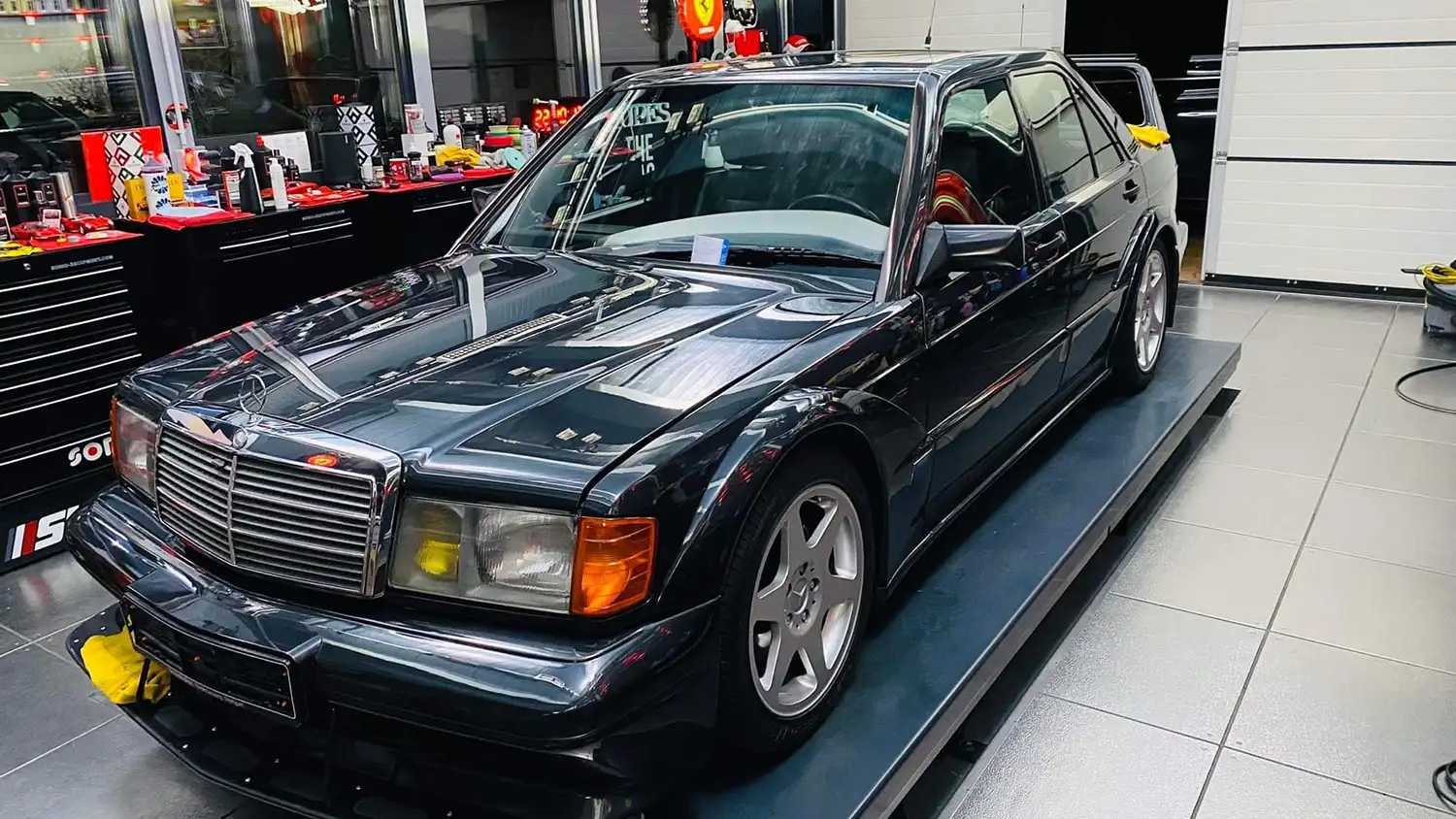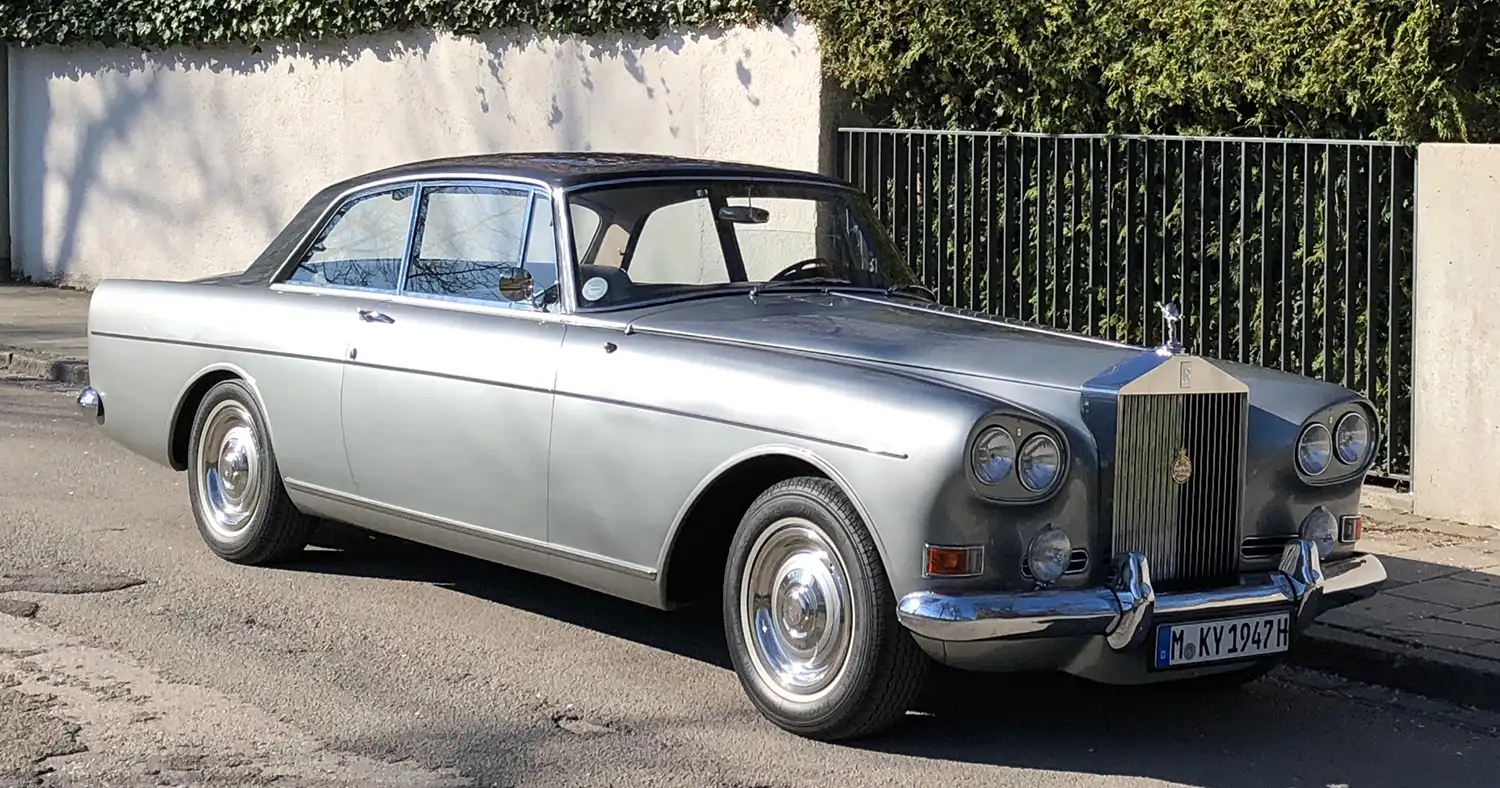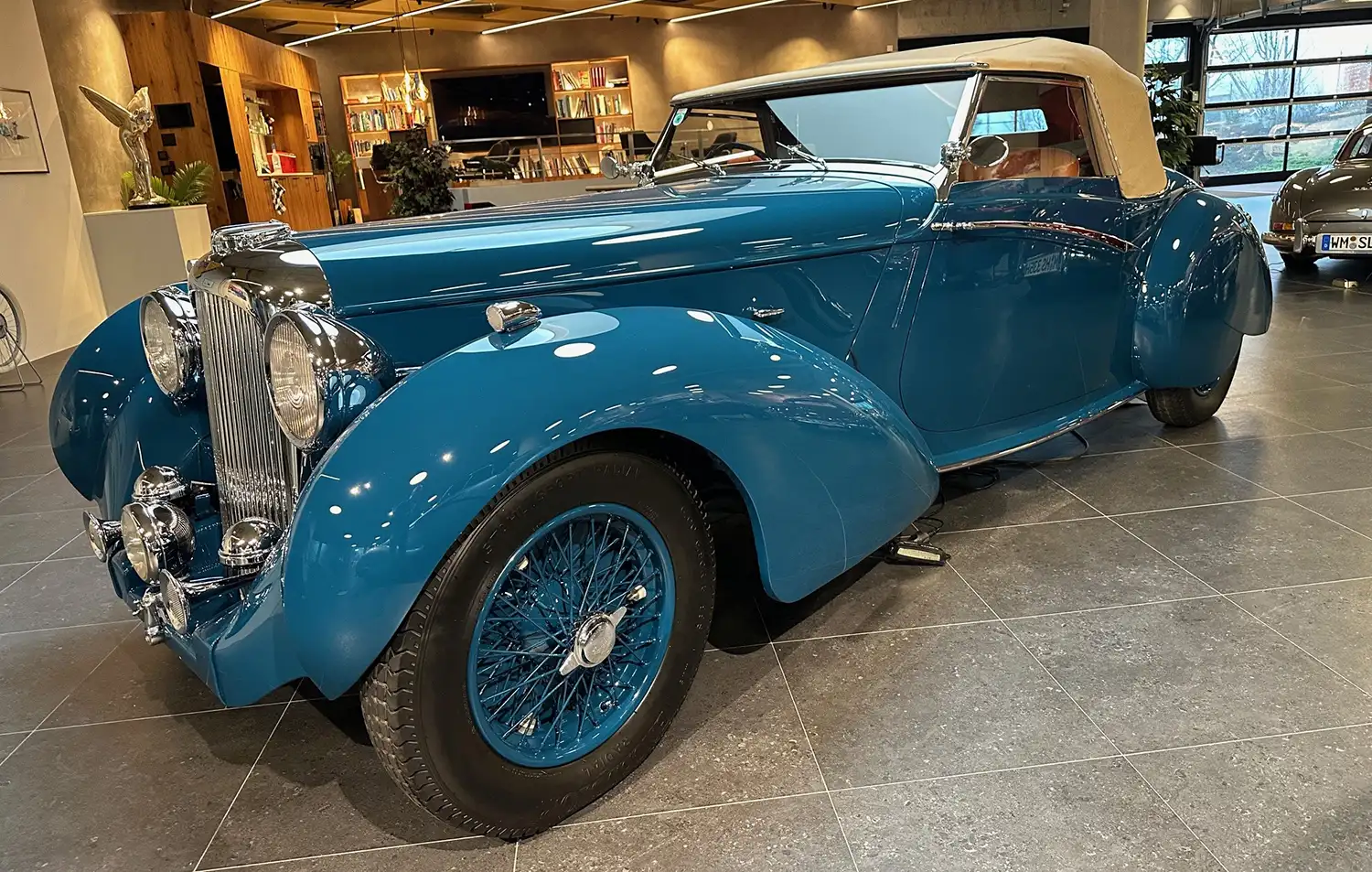
The Concours of Elegance Germany confirms the event is nearing showcar capacity of 200 as preparations for the Lake Tegernsee public days of July 26 and 27 at Gut Kaltenbrunn enter the final weeks.
Set against the stunning backdrop of Lake Tegernsee, these vehicle displays will exemplify automotive excellence and historical significance, with the event’s promise that ‘every car tells a story’.
Recent significant additions to the show’s roster include the 1950 Jaguar XK120 Aluminium Competition, the 1953 Aston Martin DB3, the Ferrari F40, the 1990 Mercedes-Benz 190E 2.5-16V EVO 2, the 1965 Rolls-Royce Silver Cloud III Mulliner Park Ward, and the 1938 Lagonda LG6.

1950 Jaguar XK120 Aluminium Competition
Initially unveiled as an open two-seater, the iconic Jaguar XK120 Aluminium Competition showcased elegance and agility with its aluminium body. However, overwhelming demand soon prompted a transition to steel construction that same year. Approximately 200 lucky owners were able to revel in the original aluminium craftsmanship, while the majority enjoyed the refined steel version. Beneath its captivating exterior, the XK120 featured a chassis derived from the Jaguar Mark V saloon, adding to its exceptional performance and appeal.

1953 Aston Martin DB3
One of just three remaining works cars, this DB3 saw action at prestigious events such as the 1953 Sebring 12 Hours, Le Mans 24 Hours, Mille Miglia, and Goodwood, where it won the first 9 Hours race. Aston Martin’s first serious sports racing car, the DB3 – designed by Eberan von Eberhorst – deploys a 3-litre, 6-cylinder Lagonda engine in a twin chassis with De-Dion-Axle and torsion bars front and rear.

1989 Ferrari F40
Developed in less than a year, the Ferrari F40 benefited from an unusual degree of latitude accorded by Enzo Ferrari to the development team. This singularity of vision facilitated the transfer of turbo technology from the circuit to the road. The F40 utilized contemporary F1 technology, featuring Kevlar panels bonded to a tubular steel space-frame chassis, with doors, bonnet, and boot-lid made of carbon fibre. Its twin-turbocharged 2,936 cc V8 engine produced 471 hp and was mounted longitudinally to accommodate equal-length exhausts and twin turbos.

1990 Mercedes-Benz 190E 2.5-16V EVO 2
Born from competition with BMW’s M3, the 1990 Mercedes-Benz 190E 2.5-16V EVO 2 emerged from a collaboration between the famed engineering firm Cosworth and Mercedes-Benz. Initially fitted with a 2.3-liter 8-valve engine, the first Evo model transformed the 190E into a racer with a tuned 2.5-liter engine, a higher rev limit, larger brakes, and improved tires. The EVO 2 model further enhanced this performance, squeezing out an impressive 235 hp, and incorporating Brembo four-piston callipers. It also featured an aero kit with a towering rear spoiler, fender flares, and an aggressive front splitter, making it a formidable competitor on both the road and track.

1965 Rolls-Royce Silver Cloud III Mulliner Park Ward
The rare 1965 Rolls-Royce Silver Cloud III Mulliner Park Ward coupé was designed by Danish designer Vilhelm Koren, with only 110 built, 35 of which were left-hand drive. This particular model was delivered on June 16, 1965, to a customer in Roquebrune, southern France. The car later moved to Madrid, where it was purchased by Frank Dale & Stepsons and brought to England. Under the hood, the Silver Cloud III boasts a 200 hp, 6,230 cc OHV V-8 engine with two SU carburettors, paired with a four-speed automatic transmission. The car features independent front suspension with coil springs and wishbones, semi-elliptic rear springs with electrically controlled shock absorbers, and power-assisted hydraulic front and hydro-mechanical rear drum brakes, ensuring a smooth and powerful driving experience.

1938 Lagonda LG6
Produced from 1937 to 1940, the Lagonda LG6 was first announced at the 1937 London Motor Show. Built on a lengthened chassis based on the V12 model to accommodate a longer engine, the LG6 was a refined successor to the Meadows-engined M45 introduced in 1934, benefiting from the technical expertise of W.O. Bentley. Capable of reaching a top speed of 98 mph and featuring Frank Feeley-designed factory coachwork that matched the finest European design houses, this example is one of an estimated 25 LG6 drophead coupés surviving.
The Concours of Elegance Germany is Germany’s foremost international concours event, showcasing a stunning collection of classic and rare cars that celebrate the pinnacle of automotive design and craftsmanship. Attendees have the unique opportunity to witness some of the finest examples of automotive history and engineering excellence.
For further details and tickets visit www.concoursofelegancegermany.com – where every car tells a story.
